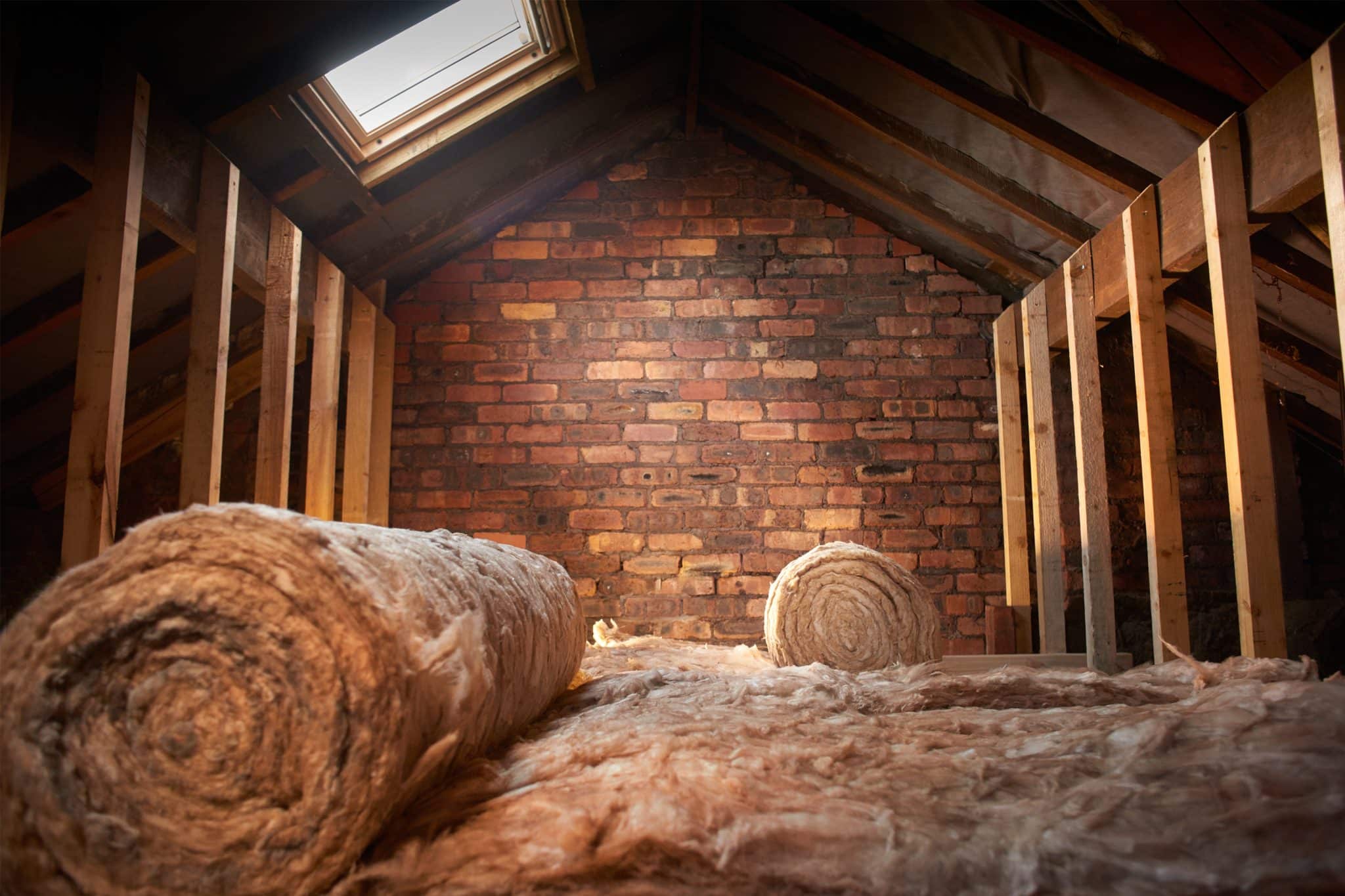A U.S. Department of Energy study shows that heating and cooling consume most of the home’s total energy, using about 50% to 70%. Thus, you must maintain a good insulation flow within your property, as poorly insulating your house can bring you headaches like air leakage that can require high energy bill costs and massive repair and expenses.
If poor insulation within your home is one of your concerns, you are in the right blog post. Here, you’ll discover the various benefits of house insulation and some helpful tips on insulating your house in simple ways. But before we proceed to learn those, let’s define insulation first.
What is insulation?
Insulation is one of the effective ways to save energy at your home. It’s a practice wherein you utilize materials that strongly resist electricity, heat, shock, moisture, or sound transmission from one area to another.
Many utilize this method to keep heat and other components from going in or out of your home or limiting them to certain house areas only. It’s also the best technique to keep your house cool in the summer and warm in the winter. Below are some more of its benefits:
- Make home more comfortable: With proper insulation inside your house, you can make your place a much more serene space to stay in. Your home can maintain its coolness during extreme summer heat and warmness in harsh winter without turning your heating or cooling utilities to their max capacity.
- Blocks noisy environment: Insulation is a necessary installation, especially for homeowners who live in bustling streets or neighbors who often throw house parties, enabling you to reduce the noise from outside and sleep at peace even in a chaotic neighborhood.
- Reduce energy consumption: The massive benefit of insulation to your household is probably lowering your energy consumption which leads to cheaper bills, empowering you to save up and allot the saved money to other necessities.
- Environmental-friendly: The current situation of our environment right now is at dangerous levels. Hence, if you wish to do your part to save the earth and the future generation, insulating your house is one of the simple ways to help improve your house’s energy efficiency and decrease your carbon footprint.
- Boost property’s value: Houses with top-performing insulation are the most sought-after properties in the market nowadays. If you plan to sell it in a few years or so, it’s better to maintain or enhance its insulation performance to increase its estate value.
There’s a wide variety of materials that are good insulators. Here are some which you can consider placing in your home:
- Cotton fabrics and hemp
- Wood-based tools such as wooden doors and hardboard
- Spray foam solutions like polyurethane-based
- Adhesive strips for windows and doors
- Foam for roof tiles
- Sealants
Aside from these products, you can also consider adding different insulation types in various corners of your home.
1. Access Doors and Panels
Access doors and panels are simple but powerful equipment that grants easy access to your facilities while keeping them safe and secure from unauthorized access. Moreover, there are particular access door types, like an insulated access panel capable of withstanding extreme weather changes and heat, aiding in maintaining good airflow within the vicinity and preventing air leaks.
2. Floor Insulation
Houses with modern designs often have insulators underneath the concrete floor surface. However, old homes and their suspended floors need an upgrade. Depending on your current floor type, it can require a substantial monetary investment, so if you lack the budget, the cheapest alternative is to put rugs around the house.
3. Wall Insulation
You can insulate your walls with two different insulation types:
- Cavity wall insulation: As its name suggests, cavity wall insulation contains a gap between the outer and inner leaf. Builders will insert an insulator into the wall by drilling holes and refilling them with cement afterward.
- Solid wall insulation: Unlike the other wall insulation type, solid wall insulation requires no cavity inside; instead, you will choose if you prefer internal or external insulation.
- External insulation will cover the property’s entire surface.
- Internal insulation is for inner rooms.
Read Warma UK’s guide to meet the criteria for cavity wall insulation grants under the ECO scheme. Learn how to qualify and save on energy-efficient home improvements.
4. Window and Door Insulation
With doors and windows, you should improve your home insulation by upgrading them to double-glazed windows and doors. What’s unique about these windows and doors is that it consists of two glass panels that are only millimeters apart. It’s one of the most suitable investments you can make to make your space cool, warm, and quiet.
5. Roof Insulation
Lastly, with roof insulation, you also have two options to install:
- Warm loft grants instant and more excellent under-roof insulation, but remember, it’s much more expensive than the other roof insulation type.
- Cold loft gives immediate insulation above the top story’s ceiling.
Make your home a comfortable place to live in
Whether insulating the corners of your home or utilizing insulated products, insulation is an essential and efficient practice that helps you reduce energy bills and carbon footprint, create a noise-free environment, more importantly, increase your house’s convenience and value. Follow the insulation tips we shared here and consider adding good insulator items inside your place to keep the needed coolness and warmth.








